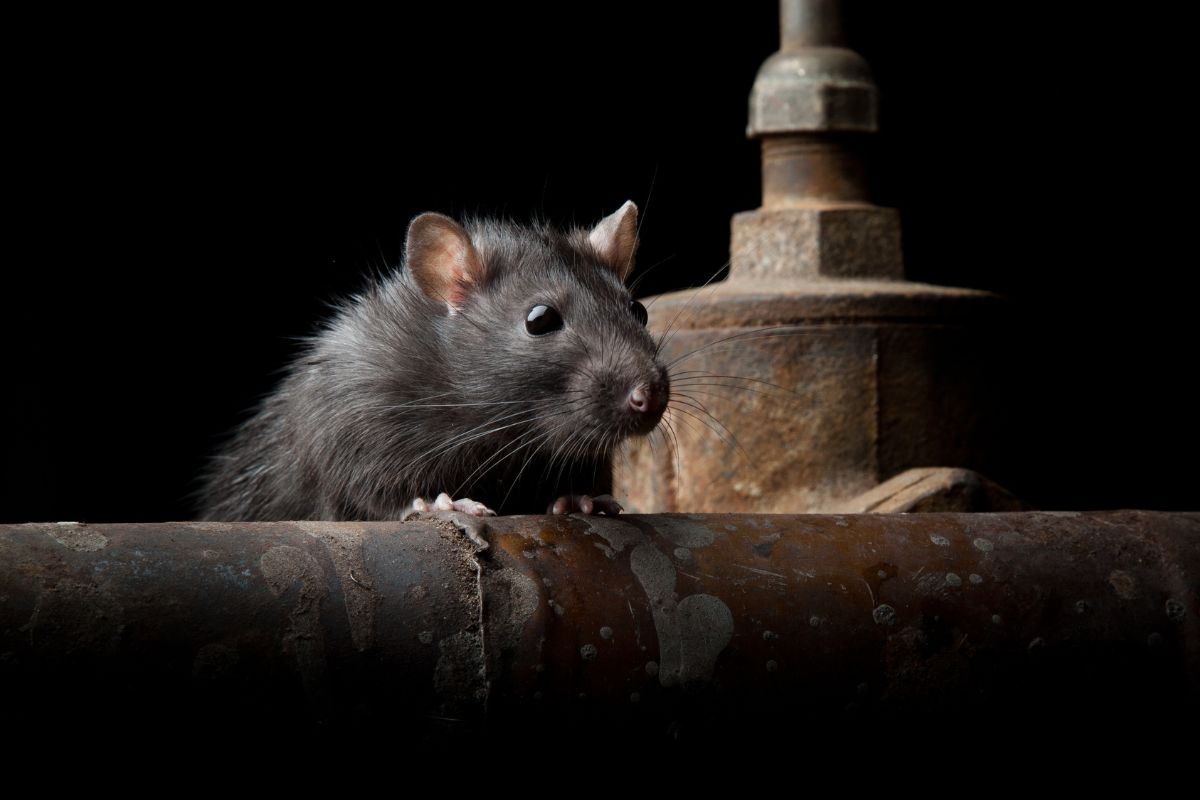Navigating through the bustling life of a city, residents are often met with unforeseen challenges—one of which is the uninvited infestation of rats. Urban rat infestations are a nuisance and a significant public health concern, as they can transmit diseases, cause property damage, and contribute to the deterioration of living conditions.
Addressing and managing this pervasive issue requires a meticulous, sustained, and multi-faceted approach.
Understanding Urban Rat Infestations
Rat infestations in cities are primarily fueled by the availability of food, water, and shelter, which urban settings inadvertently provide in abundance. The consequences are multifaceted, affecting public health, damaging properties, and negatively impacting urban living standards and aesthetics.
Understanding the biology and behavior of rats is vital to devising effective control strategies. Rats are adept survivors, capable of navigating complex urban landscapes and exploiting available resources for sustenance and nesting.
Implementing Effective Rat Control Measures
Effectively combating rat infestations in urban settings necessitates a well-structured and multi-faceted approach, employing strategies that address the immediate issue of existing rat populations and preventive measures to hinder re-infestation. Below, we delve into key aspects of a comprehensive rat control strategy.
Embracing Integrated Pest Management (IPM)
Integrated Pest Management (IPM) amalgamates various strategies, including biological, physical, and chemical methods, to effectively manage rat populations. It prioritizes environmentally friendly and sustainable practices, minimizing chemical interventions and focusing on long-term solutions by addressing the root causes of infestations.
Engaging Expert Pest Controllers
Utilizing the expertise of professional pest controllers is pivotal. Experts bring a wealth of knowledge regarding rat behavior, along with specialized tools and methodologies that ensure infestations are dealt with thoroughly, safely, and in compliance with local regulations.
Employing Preventive Strategies
Prevention is paramount in rat control. This involves identifying and sealing potential entry points, securing food sources, and employing physical barriers and deterrents that hinder rat activities, averting potential infestations before they manifest.
Leveraging Technology in Rat Control
Technological advancements offer innovative solutions for rat control, such as remote monitoring systems, intelligent trapping devices, and data analytics to predict and respond to potential infestations effectively. Employing technology enables more precise, efficient, and humane control strategies.
Ensuring Safety and Minimizing Disruption
Implementing rat control measures should prioritize the safety of residents and minimize disruption to everyday life. This involves carefully planning interventions, utilizing safe and non-disruptive methods, and effectively communicating with the community to ensure preparedness and cooperation.
Incorporating these aspects into a coherent rat control strategy ensures a thorough, sustainable, and community-friendly approach to managing urban rat infestations, safeguarding city dwellers’ health, safety, and quality of life.
Urban Planning and Design Considerations
Urban planning and design play a crucial role in mitigating rat infestations. By incorporating rat-resistant features in building and infrastructure design, the availability of shelter and food sources for rats can be significantly reduced.
Improving sanitation and waste management practices across the city is also pivotal in depriving rats of vital resources, naturally curbing their population, and mitigating infestation issues.
Community Involvement and Public Education
An intertwining of community participation, public education, and robust networks lays down a foundational framework that propels and sustains rat control initiatives, ensuring they are inclusive, well-coordinated, and supported by the populace they seek to safeguard.
Fostering a Collective Effort
Community involvement is a linchpin in effectuating comprehensive and enduring solutions to rat infestations in urban environments. Encouraging a collective effort means mobilizing neighborhood communities to adopt preventive measures, report sightings, and cooperate during control interventions.
The synergy of community actions, such as organizing clean-up drives, adhering to sanitation guidelines, and supporting local authorities during control operations, significantly bolsters the efficacy and sustainability of rat control measures.
Nurturing an Informed Public
The role of public education in mitigating rat infestations is crucial and multifaceted. Ensuring the public is well-informed about the risks and repercussions of rat infestations, preventive measures, and timely reporting, arms the community with the knowledge to deter infestations effectively.
Educational campaigns, workshops, and informational materials should be accessible, comprehensible, and tailored to various demographic segments, facilitating a well-informed populace proactively engaging in and supporting rat control initiatives.
Establishing Community Networks
Forming and strengthening community networks—such as local committees, online groups, and neighborhood watch teams—facilitates efficient communication and coordinated actions amidst rat control operations. These networks act as conduits for disseminating information, organizing community initiatives, and providing a platform for residents to share experiences, insights, and feedback.
Robust community networks thus not only enhance the flow of information and coordination but also foster a sense of solidarity and collective responsibility in tackling rat infestations in the urban milieu.
Legal and Ethical Aspects of Rat Control
Understanding and adhering to local and international regulations on pest control is crucial to ensure that rat management practices comply with legal standards and ethical considerations.
Employing humane rat control methods that prioritize the welfare of animals while effectively managing infestations ensures that ethical standards are upheld in pest management practices.
Key Takeaways
Tackling rat infestations in urban environments requires a balanced, informed, and collaborative approach that intertwines effective pest management, strategic urban planning, community involvement, and ethical and legal standards. By embracing a holistic strategy, cities can significantly mitigate rat infestations, fostering a cleaner, safer, and more pleasant urban living experience for all residents.
Note: Adjustments can be made to cater to specific details, regulations, and circumstances of different urban environments. Always consult local experts and adhere to regional laws and guidelines when addressing pest control issues.
